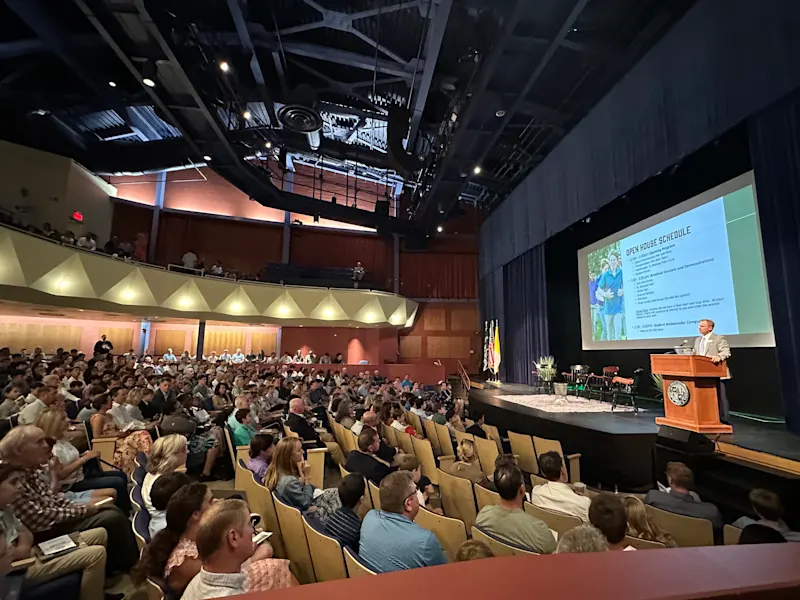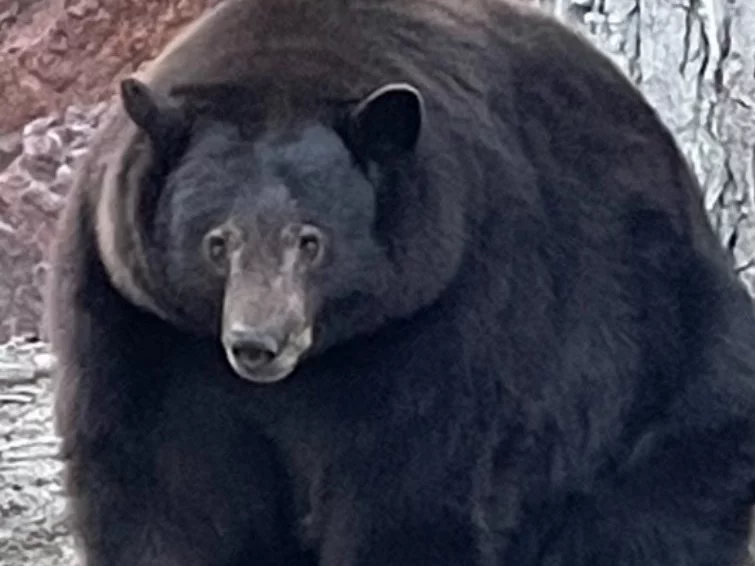Hank the Tank: Villainous Trespasser or Unsung Hero?
DNA Clears Vandalism Suspect
March 15, 2022
The United States finds itself in a precarious stalemate between two vastly different groups: bears and humans. For years, bears have respected human settlements and stayed in their own territories, happily hunting, forraging, roaming, and sleeping. But recently, this balance has come under threat from one individual: bear by the name of Hank took a bold stand against the humans. But Hank’s story is not what it might seem.
This story starts out West, in the summer of 2021 in Tahoe Keys: a small gated community north of San Francisco. Its residents lived peaceful lives until July, when a bear began to attack their homes. Since July, more than 150 different reports have come in to local police about Hank’s presence. Hank weighs a whopping 500 pounds: more than 200 pounds more than the average bear in his area. He has used his strength to bash open doors, windows, garages, fences, and whatever else stands in his way in search of sustanence for his massive body.
Most bears have a natural fear of humans due to our noise and unfamiliar territory. But Hank no longer has this fear. At some point he began to eat human food, and as he grew bolder he realized that humans did not pose the threat he once thought. Despite Hank’s seemingly unstoppable rampage, local authorities did try their best to deter him. They used paintballs, sirens, and even Tasers in an attempt to scare Hank away. But Hank is not a weak-willed bear, and he was determined to continue to feast.
Most bears, following a period of increased food consumption, hibernate through the winter. Many locals hoped that this hibernation would stop Hank’s rampage, at least temporarily. But Hank had no need to hibernate: his human food sources did not dwindle in the winter like his natural ones would.
Residents remained divided on what to do about “Hank the Tank”. Some proposed euthanization, which would obviously solve the problem. But others argued that Hank did not deserve to die for simply being hungry, despite his nuisance to the community. One resident pointed out that Hank never threatens or follows people, but that he is only interested in food. Is damaged property truly enough to warrant Hank’s death?
And so our story could have ended. Debates over Hank’s fate could have continued. But then something amazing happened. A Fish and Wildlife Service investigation revealed that some Tahoe Keys residents should have taken a closer look at the rampaging bear. DNA evidence uncovered a shocking truth: at least two other bears had also broken into homes in the area. This means that Hank was not responsible for all the damage and mayhem of which he was originally stood accused.
Thus, local officials announced they are no longer considering euthanization for Hank. So ends this chapter of Hank’s story. His story is one of false accusation and profiling, but also one of perseverance and justice. Hank will live to eat and trespass another day.




























